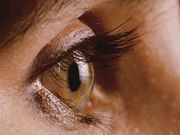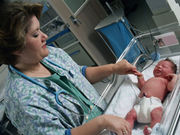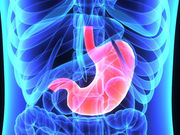Tag: Infections: Misc.
Infective Endocarditis Incidence 1.1 Percent After TAVR
Factors associated with infective endocarditis include younger age, male sex, diabetes mellitus
Infective Endocarditis From Injection Drug Use Increasing
Increase especially high among young, white, and female patients
Rise in Endogenous Klebsiella pneumoniae Endophthalmitis
Rising trends of EKPE in major centers in Australia; source of sepsis was hepatic abscess in all cases
August 2016 Briefing – Infectious Disease
Here are what the editors at HealthDay consider to be the most important developments in Infectious Disease for August 2016. This roundup includes the...
Healthy Gut Microbiome Compromised in ICU Patients
Increased levels of harmful bacteria boost the risk for hospital-acquired infections, researchers say
Bronchiolitis Plus Gene Variant Raises Asthma Risk in Children
Higher risk seen in those with PAI-1 gene variant and serious respiratory infection at a young age
CDC Urges Prevention, Early Recognition of Sepsis
Know the signs of extreme response to infection; consider it a medical emergency
Genetics May Help Identify Infection in Febrile Infants
Goal is to distinguish between bacterial, viral illness, researchers say
Both Concomitant, Sequential Treatment Effective for H. pylori
Eradication rates similar in areas with high resistance to clarithromycin
Patients Still Risking Eye Damage With Poor Contact Lens Care
Education should focus on informing wearers of common behaviors putting them at risk for infection














